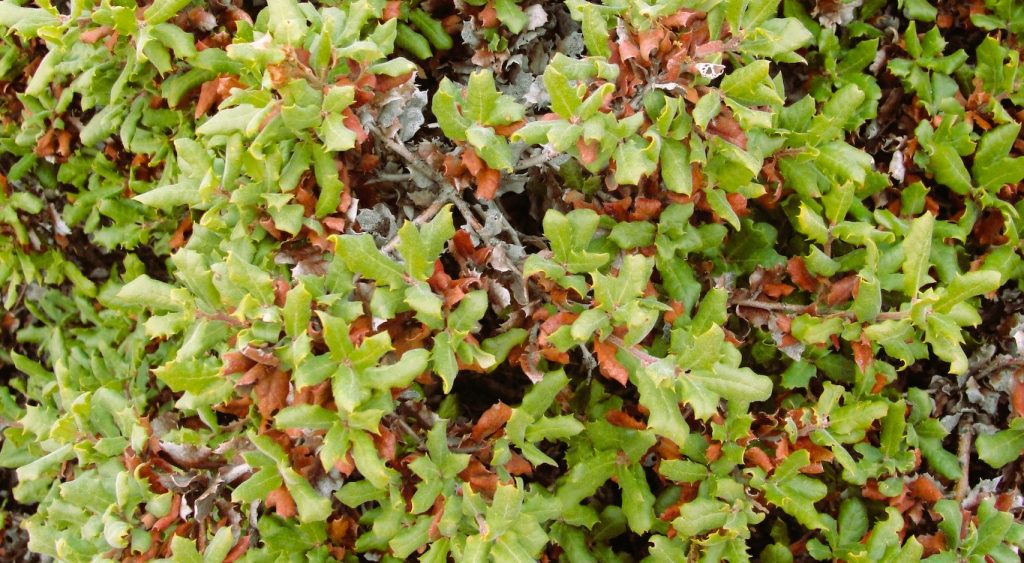Quercus durata: A Comprehensive Guide

Introduction
Quercus durata, commonly known as Leather Oak, stands as a distinctive species of oak within the Fagaceae family and is an endemic plant of California. This guide aims to provide valuable insights into its care, longevity, common pests, diseases, and other essential aspects, shedding light on its unique characteristics.
Overview
Distribution and Classification
Quercus durata is classified in the section Quercus, encompassing white oaks found in Europe, Asia, and North America. Notably, this species is exclusive to California.
Acorn Characteristics
The acorns of Quercus durata typically mature in six months, boasting a flavor profile that is both sweet and slightly bitter. The interior of the acorn is characterized by hair-like structures. The leaves exhibit rounded lobes, lacking a majority of bristles.
Description
Varieties
1. Quercus durata var. durata
- Endemism: Restricted to serpentine soils in the coastal range and northern Sierra Nevada.
- Growth: Generally a low shrub, often below 5 m in height, featuring densely arranged evergreen leaves.
- Leaf Characteristics: Leaves are small, evergreen, with revolute margins, and a grayish or yellowish upper surface.
- Habitat: Thrives in serpentine soils at altitudes ranging from 150 to 1500 m.
2. Quercus durata var. gabrielensis
- Growth: Openly branched evergreen shrub, sometimes spindly in appearance.
- Leaf Characteristics: Moderately sunken or nearly flat leaves, generally green and glabrous on the upper surface.
- Habitat: Found in chaparrals, on dry slopes, exposed in non-serpentine loose soils, at altitudes of 450 to 1000 m.
Flowering
Quercus durata blooms in spring, contributing to the vibrant seasonal landscape in its respective habitats.
Conservation Note
Quercus durata var. gabrielensis is of conservation interest, primarily located in Los Angeles County on the south slope of the Sierra de San Gabriel.
Care for Quercus durata
Soil and Altitude
- Variety 1: Flourishes in serpentine soils at various altitudes.
- Variety 2: Grows well in loose, non-serpentine soils at specific altitudes.
Sunlight
- Prefers full sunlight, adapting to the conditions of its native habitats.
Longevity
Quercus durata exhibits varying lifespans, with some individuals living for several decades under suitable conditions.
Common Pests and Diseases
Pests:
- Regular Inspection: Monitor for aphids and caterpillars.
- Preventive Measures: Implement preventive actions against powdery mildew and root rot.
Conservation Note:
- Protecting var. gabrielensis due to its restricted habitat and conservation significance.
Conclusion
Understanding the unique characteristics and specific requirements of Quercus durata enhances its conservation and contributes to the appreciation of California's diverse native flora.

Leave a Reply
You must be logged in to post a comment.